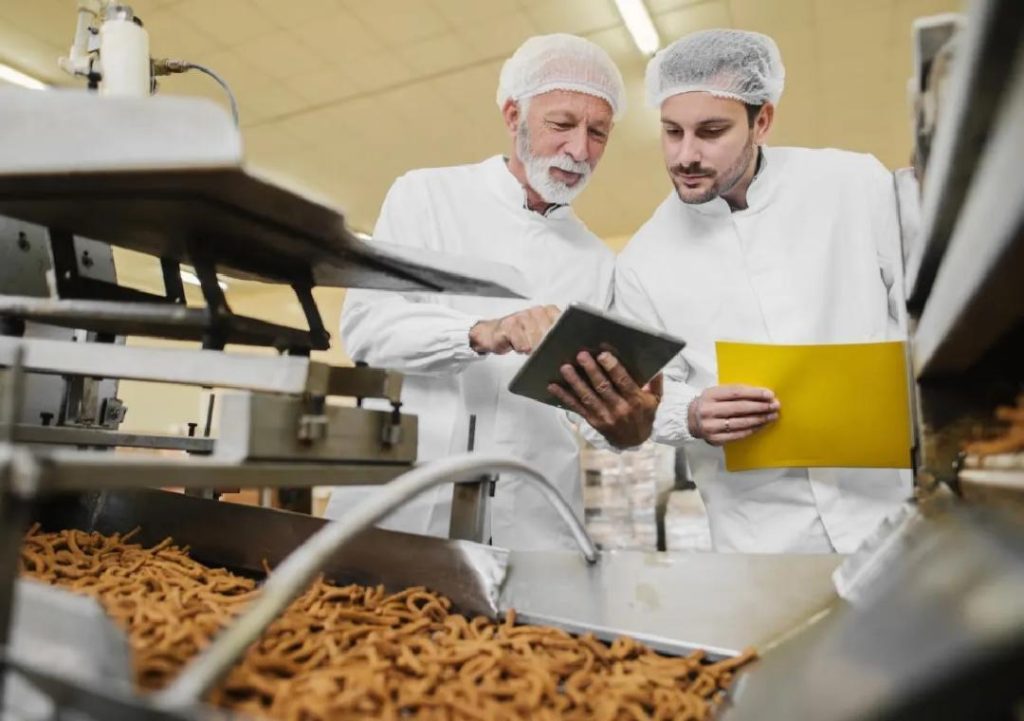
Can P&L Optimisation Redefine Success in Food Technology?
The food technology industry is one of the most dynamic and rapidly evolving sectors globally. With the rise of e-commerce, online ordering, and changing consumer preferences, food tech companies are facing unprecedented challenges to stay ahead of the curve. To remain competitive, food technology companies are adopting innovative strategies to optimise their profit and loss (P&L) operations.
In recent years, P&L optimisation has become a crucial aspect of food technology companies’ success stories. By streamlining P&L operations, these companies are able to cut waste, sharpen demand forecasting, and support better decision-making. This, in turn, enables them to boost margins, ensure sustainable growth, and stay competitive in the industry.
So, what does P&L optimisation entail, and how can food technology companies achieve it?
What is P&L Optimisation?
P&L optimisation refers to the process of identifying and eliminating inefficiencies in a company’s profit and loss statement. It involves a thorough analysis of a company’s income and expenses to identify areas where costs can be reduced, productivity improved, and revenue increased.
In the context of food technology, P&L optimisation is critical because the industry is characterised by high costs, intense competition, and fluctuating demand. Food tech companies need to be able to accurately forecast demand, manage inventory effectively, and optimise production to ensure maximum profitability.
The Benefits of P&L Optimisation
The benefits of P&L optimisation in food technology are numerous. By streamlining P&L operations, food tech companies can:
- Reduce waste: P&L optimisation helps companies identify and eliminate waste in their supply chain, reducing costs and improving profitability.
- Sharpen demand forecasting: By leveraging data analytics and automation, food tech companies can improve demand forecasting, reducing the risk of over- or under-production.
- Support better decision-making: P&L optimisation provides companies with real-time insights into their financial performance, enabling them to make informed decisions about pricing, production, and inventory management.
- Boost margins: By reducing costs and improving efficiency, P&L optimisation enables food tech companies to increase their margins and improve their bottom line.
- Ensure sustainable growth: By identifying areas for improvement and eliminating inefficiencies, P&L optimisation enables food tech companies to drive sustainable growth and achieve long-term success.
How to Achieve P&L Optimisation in Food Technology
So, how can food technology companies achieve P&L optimisation? Here are some strategies to consider:
- Leverage automation: Automation can help food tech companies streamline their P&L operations by automating tasks such as inventory management, supply chain tracking, and demand forecasting.
- Implement smart inventory systems: Smart inventory systems can help food tech companies reduce waste and improve efficiency by providing real-time insights into inventory levels and demand.
- Use data analytics: Data analytics can help food tech companies identify areas for improvement and eliminate inefficiencies by providing real-time insights into their financial performance.
- Adopt scalable models: Scalable models can help food tech companies grow sustainably by providing a framework for scaling production and operations as demand increases.
- Focus on customer satisfaction: By prioritising customer satisfaction, food tech companies can improve demand forecasting and reduce the risk of over- or under-production.
Real-World Examples of P&L Optimisation in Food Technology
Several food technology companies have achieved success through P&L optimisation. Here are a few real-world examples:
- Meal kit delivery company, Blue Apron, used data analytics to optimise its production and reduce waste. By leveraging real-time insights into demand, Blue Apron was able to improve its forecasting and reduce the risk of over- or under-production.
- Online food ordering platform, Grubhub, used automation to streamline its P&L operations. By automating tasks such as inventory management and supply chain tracking, Grubhub was able to reduce costs and improve efficiency.
- Food delivery company, Uber Eats, used smart inventory systems to reduce waste and improve efficiency. By leveraging real-time insights into inventory levels and demand, Uber Eats was able to reduce the risk of over- or under-production.
Conclusion
P&L optimisation is a critical aspect of success in food technology. By streamlining P&L operations, food tech companies can reduce waste, sharpen demand forecasting, and support better decision-making. By adopting scalable models, leveraging automation, implementing smart inventory systems, and using data analytics, food technology companies can achieve long-term success and stay competitive in the industry.
As the food technology industry continues to evolve, P&L optimisation will play an increasingly important role in driving success. By prioritising P&L optimisation, food technology companies can improve their profitability, ensure sustainable growth, and stay ahead of the curve.
Source:
https://www.growthjockey.com/blogs/p-and-l-operations-in-food-tech






